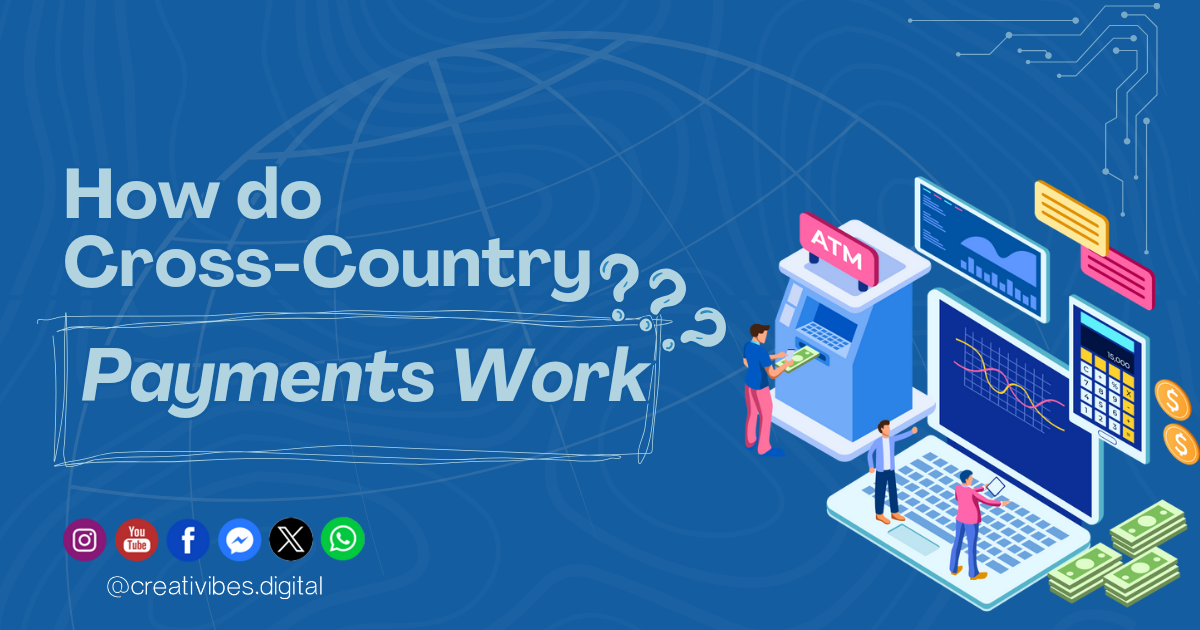Cross-Country Payments: How They Work
In an increasingly globalized world, cross-country payments play a crucial role in facilitating trade, investment, and remittances between individuals, businesses, and governments across borders. These payments are essentially financial transactions made from one country to another, involving the transfer of money between parties using different currencies and banking systems. Understanding how these transactions work is essential for anyone engaged in international business, personal remittances, or trade. The Basics of Cross-Country Payments At the core of cross-country payments is the process of converting one currency into another. When an individual or business in one country needs to send money to another country, the currency they hold (e.g., U.S. dollars) must often be exchanged for the currency used in the recipient's country (e.g., euros or yen). This conversion is typically handled by banks, financial institutions, or online payment platforms, which charge fees for currency exchange and the transaction itself. Types of Cross-Country Payments Bank




